Inside Skateboarding's Wildest Anti-Competition
Last Friday, Greta Thunberg kicked off a weekend of youth in action, leading an estimated 500,000-strong climate change march in Montreal. The Swedish environmental activist has been a force of inspiration for young people around the world, and derided as a teen nuisance by the crusty hegemonic class—and that’s at least one thing she has in common with the masses of skateboarders who also took to the streets of Montreal the same weekend for Dime’s Live at Olympic Stadium event.
Skateboarders can be hostile towards competition. The larger the scale, the more vehement the opposition. So when you put the words “skateboarding” and “Olympics” together in a sentence, you aren’t going to excite many actual skaters—just ask a skater how excited he or she is about Tokyo 2020, when the sport will make its Olympic debut. But this was something different.
Dime is a skate brand that doesn’t make skateboards—a unique position that allows for affiliation with a wider swath of skaters from around the world than would otherwise be possible. It started around 2005 as a loose crew of Montreal skaters releasing short video clips documenting the local scene, which turned out to be unusually strong.
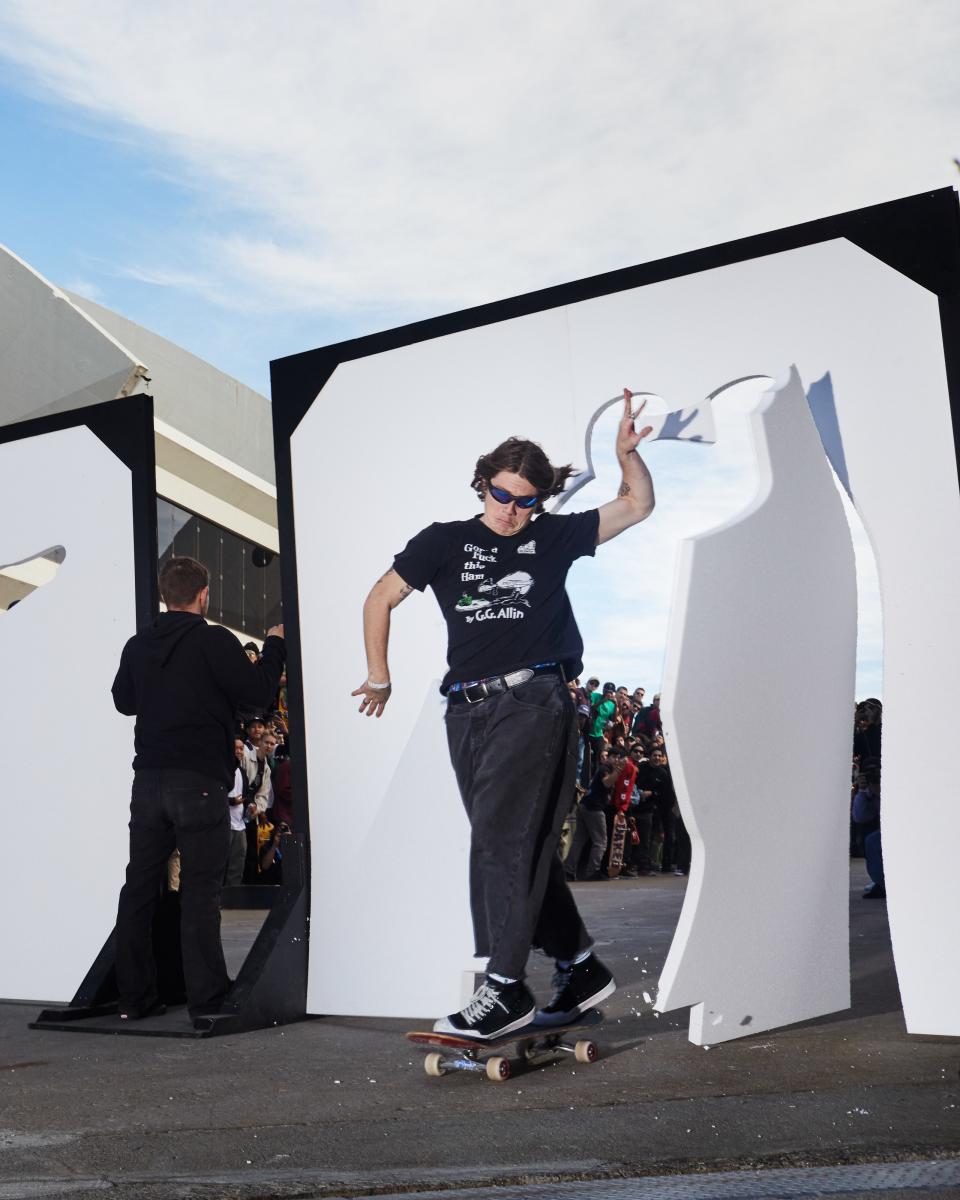
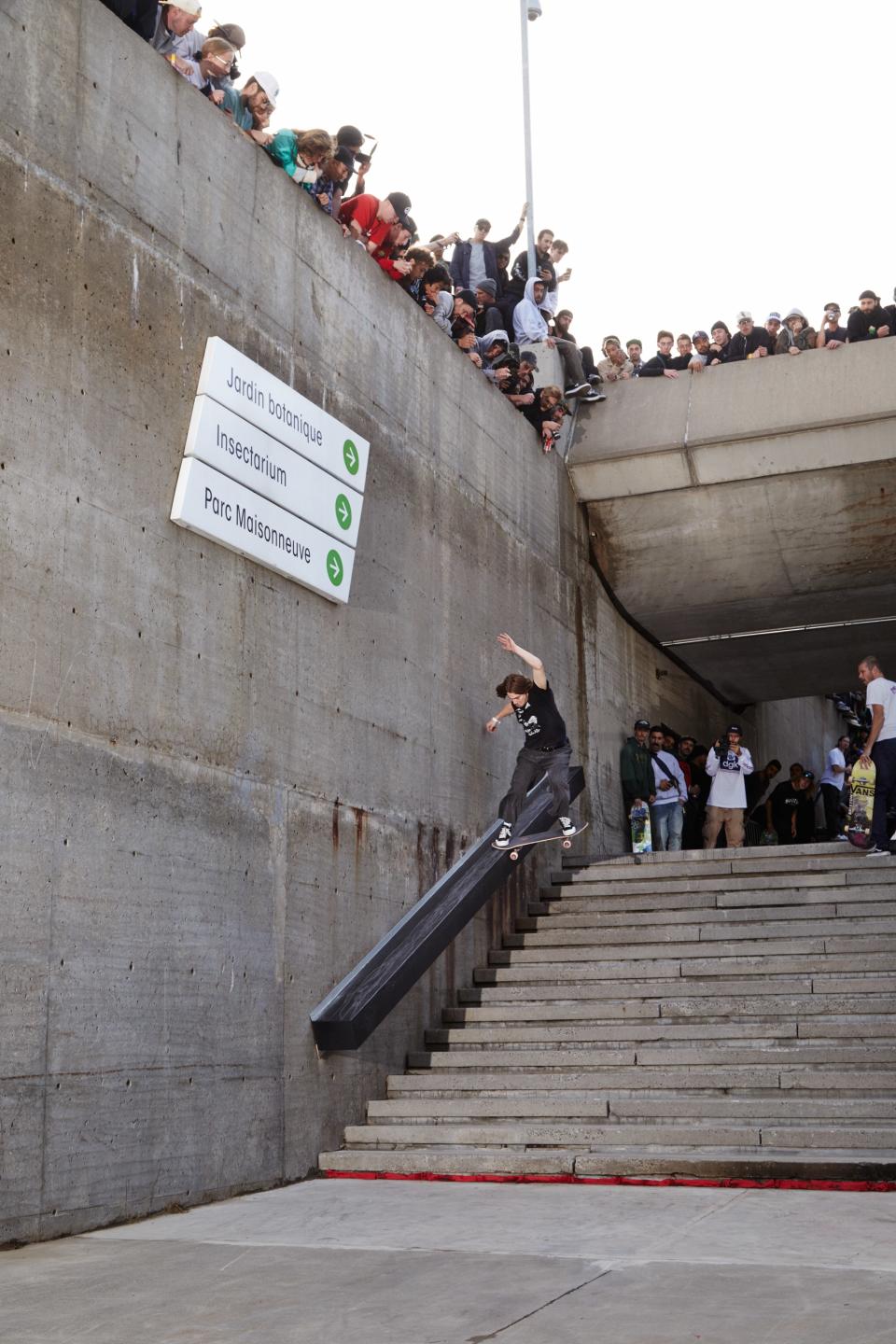
In a city of myriad public parks and lenient open-container laws, skateboarding thrives, despite—or maybe because—there being only 5 or 6 months of the year when the ice thaws and skateboarding outside is tolerable. When warm, sunny days are that precious, you make the most of them. And so Montreal’s skaters developed a reputation for high-level skating and intensely positive vibes. Over the past few years Dime’s videos have gained traction in the skate world, and Montreal has earned a gold star on the map of the world’s top skate cities along with better-established places like Barcelona, Copenhagen, and Philadelphia.
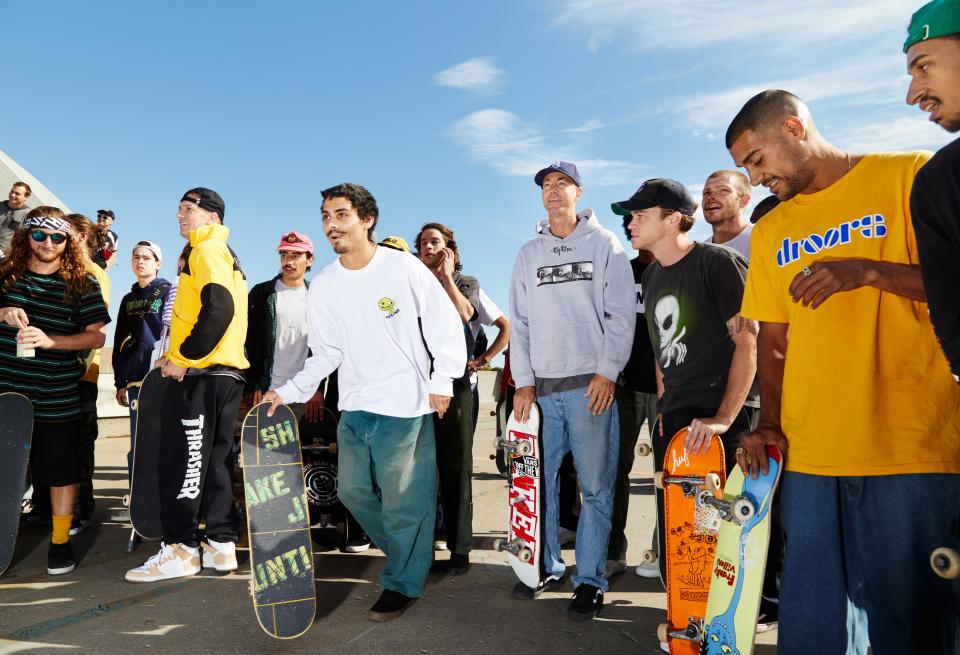
“We never planned for Dime to become a real brand,” Antoine Asselin, one of the founders, told me on the day of the event. “Eventually we made some t-shirts and it grew from there.” With the help of creative director Vincent Tsang, a clever obfuscation of the line between irony and earnestness, and a willingness to look at 90s skateboarding, sportswear, and luxury fashion through the same twisted kaleidoscope, Dime gear gained traction, too. Now you can find it on the shelves of globally renowned, nose-up fashion shops like Dover Street Market and Trés Bien, as well as at the Dime boutique on St. Laurent Boulevard in Montreal.
But the Dime ethos doesn’t fully make sense until you put it into the context of a live event. Before Live at the Olympic Stadium, there was the Glory Challenge, a competition that was as absurd—and fun—as the title suggests. Dime invited skateboarders from around the world to participate in a skate contest with foam pit battles and blazing rockets of fire, and they came. The Glory Challenge became a premier event not just for large-scale, outlandish hijinx, but for the best skaters in the world to prove they could hang with the fun-loving French Canadians. But the crowds grew bigger and rowdier than expected; the towers of flame hotter, taller. “Glory Challenge is like the WWE,” Asselin says.


This year Dime put on a different kind of event, scaling back the spectacle to focus on the thing that its skaters do best: skateboarding. The decision to put the Glory Challenge on hiatus was, in part, about safety. Or, as Tsang put it, “Somebody was going to die.” So this past weekend the bill for Live at the Olympic Stadium read, hilariously: “In preparation for 2020, skateboarding's leading athletes will travel to Montreal to battle the Olympic Stadium.” Initially built as the site for the 1976 summer games, then home to the Montreal Expos, the stadium and its tiered brutalist campus has been given a third life as skatepark. Dime invited about 60 skaters from around the world, including Tony Hawk’s “brother” Mike—Mike Hawk!—to give it their worst.
The day began with a session in the Vans bowl (built on the site last summer, and which many of the street skaters skipped in favor of a small hip in the back of the park). It then moved on to three other main sections: a bump to picnic table set on top of a steep hill, a wedged bank the shape and texture of a Dorito with a precipitous drop at the bottom, and a large set of stairs with a concrete ledge on one side, and wall-mounted rail on the other. The events used sections of the large faceted concrete walls and a few purpose-built ramps and tables as obstacles, each one gnarlier than the next. Skaters fired off tricks, streaming through the air and across the ground. If they rode away it was acknowledged with a roar from the crowd.
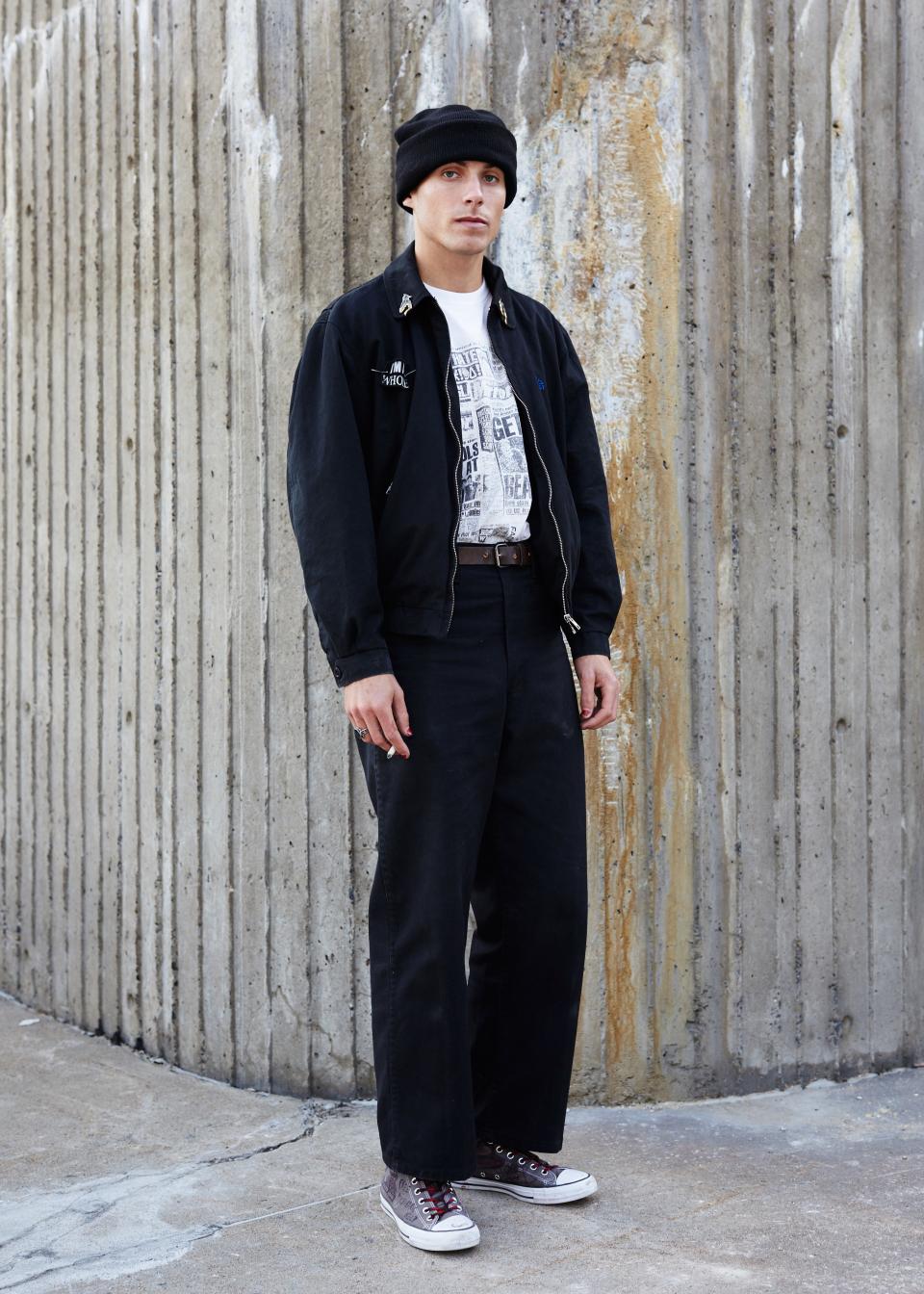
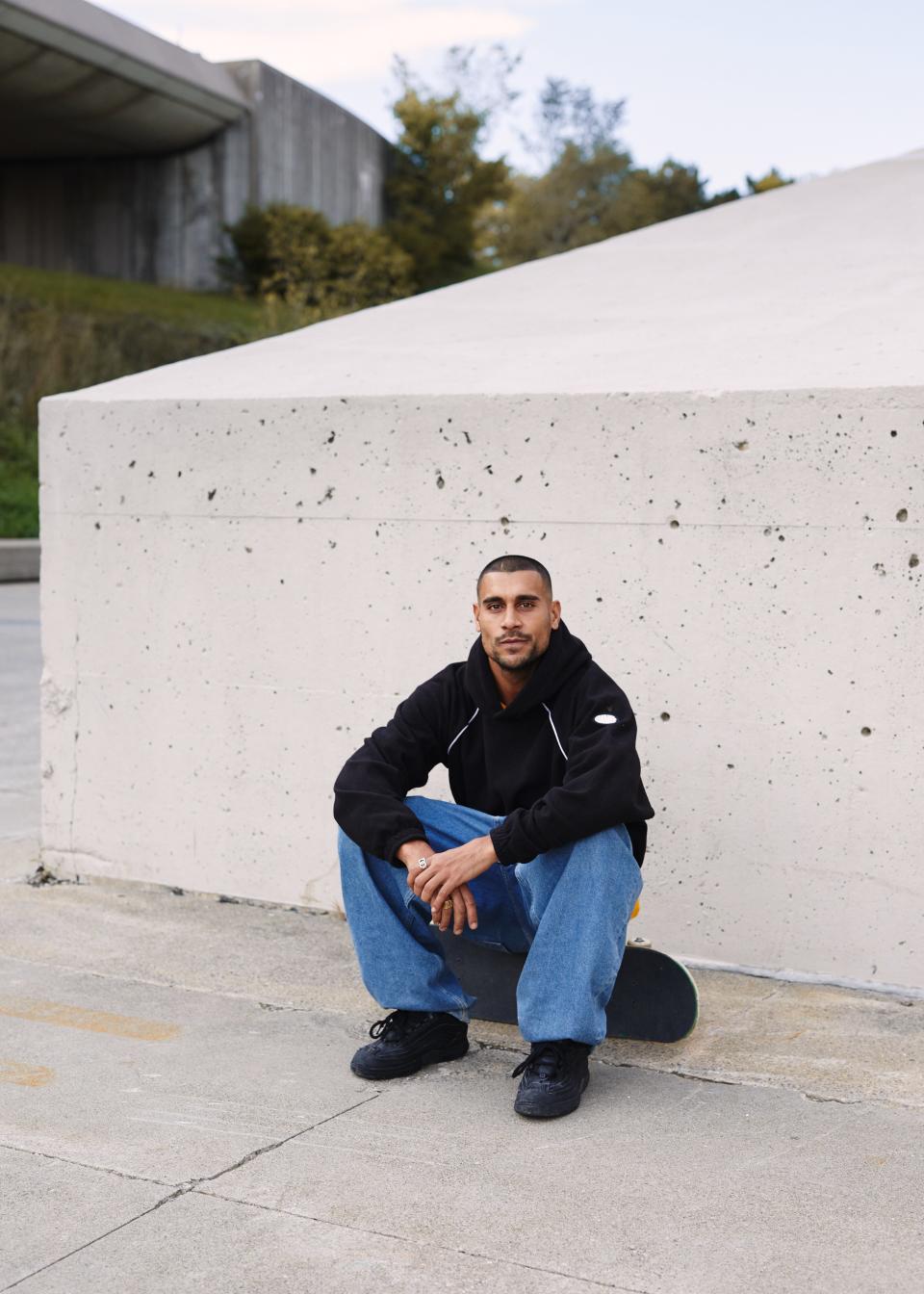
“I’m so hyped they thought I was cool enough,” said Mark Suciu, the quiet, clean-cut skater rumored to be in contention for Thrasher’s storied Skater of the Year award this year. “I was never invited before and I always assumed it was because I wasn’t cool enough.” Suciu must have been really hyped because he put on an impressive show, ending the day with a smooth switch backside 50-50 down the enormous concrete “hubba” ledge—a trick he actually did twice, claiming the first one wasn’t quite perfect. Asked what motivates him to skate for a crowd when there’s no prize money on the line, Suciu said: “You’re out here skating with people who are so gnarly. There’s always going to be somebody doing something harder than you. And it’s so easy to climb the ladder of progress when you’ve got all those examples.” But if you got injured, I suggested, that would take you away from your real work—shooting photos and video skating in the street. Suciu was sanguine. “I finished a video part so there’s nothing more on the line for me. I can just chill and jump on whatever I want.”
Suciu wasn’t the only skater who skated the prizeless session with purpose—Tristan Funkhouser (aka Tfunk), Tiago Lemos, Brad Cromer, Mason Silva, Ryan Decenzo, Andrew Reynolds and others also put down Glory-worthy tricks.
“It was way better than we thought it would be,” said Asselin. “The spots were pretty gnarly, and people really went all in.”
At the end of the day there was no big cardboard check or medal podium—just a stack of speakers strapped to a golf cart blasting ‘90s R&B hits and an impromptu dance party, instigated by local skate hero Alexis Lacroix. It seems far from likely that anyone there was concerned about that other live Olympic skate event, the one set to take place in Tokyo next year. Sure, there will be glory for those who compete for that gold—just not the kind you’ll find here.
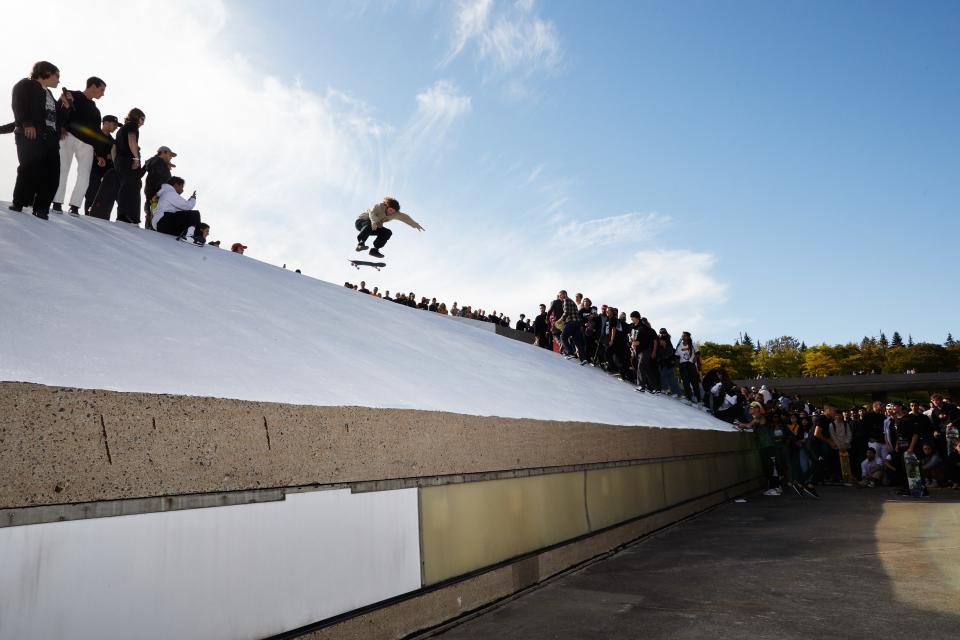
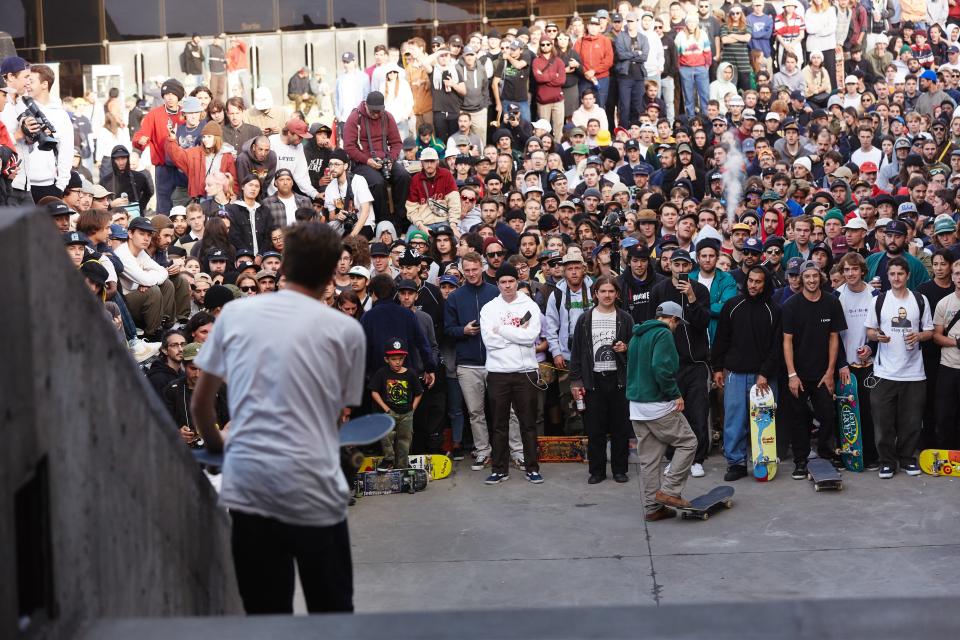
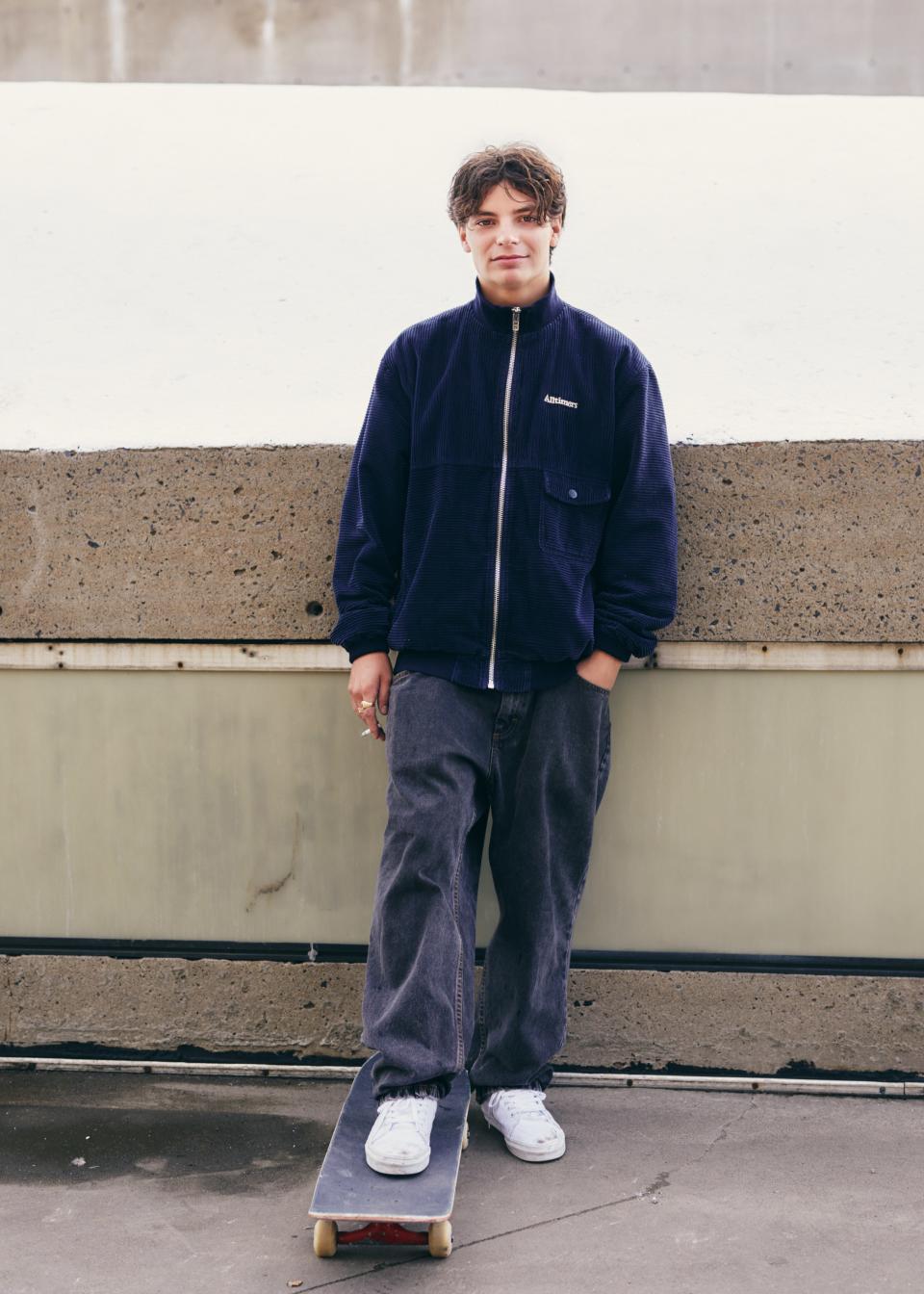
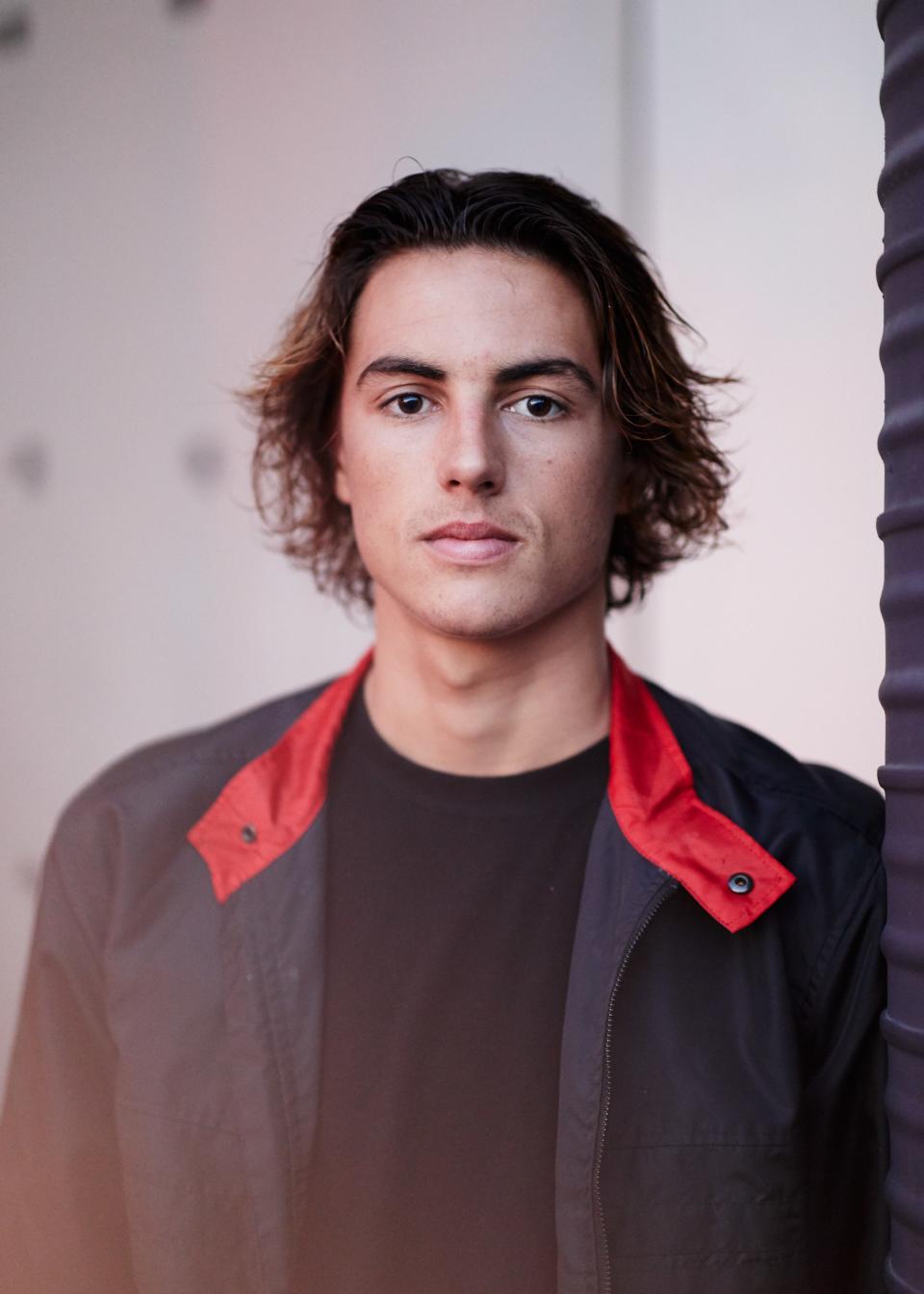
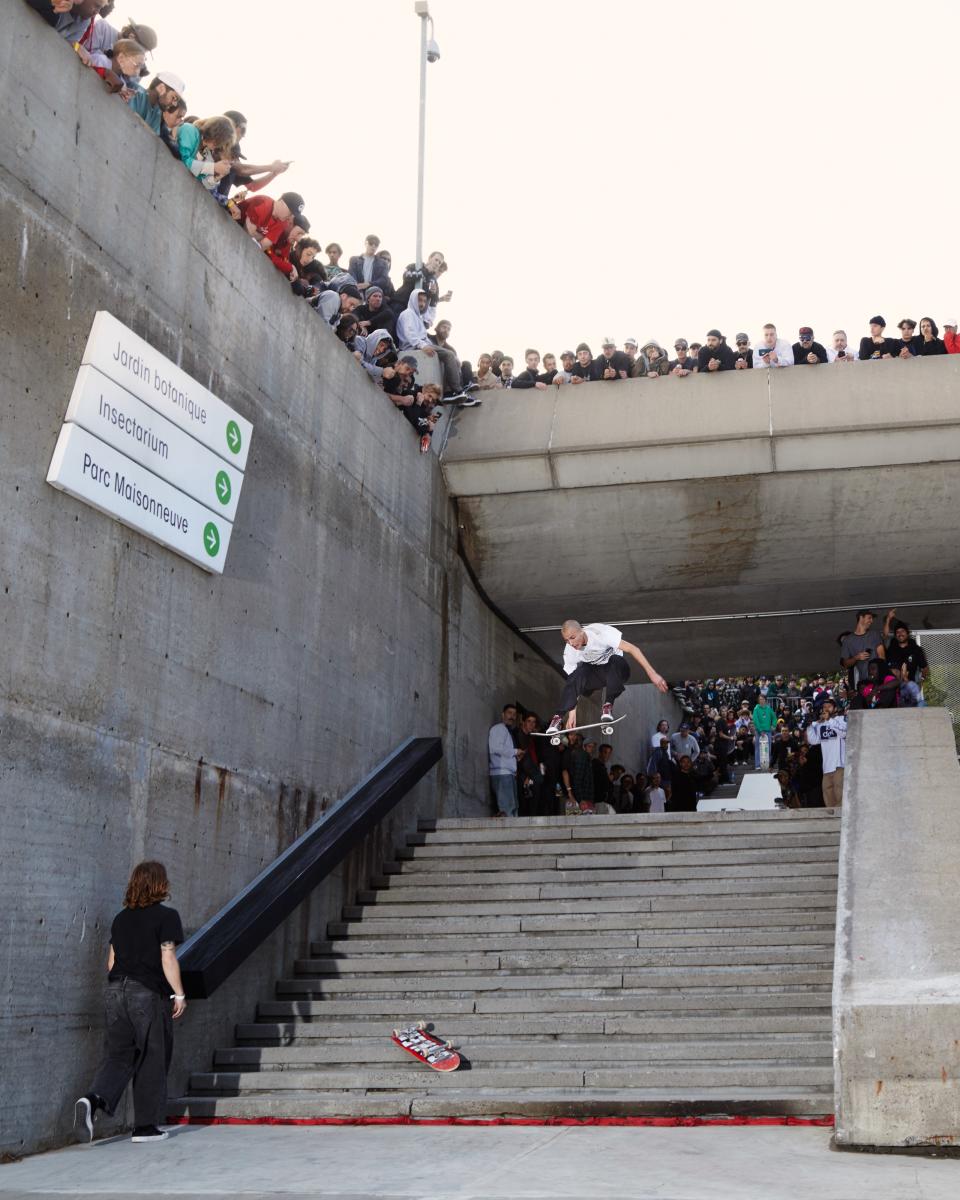

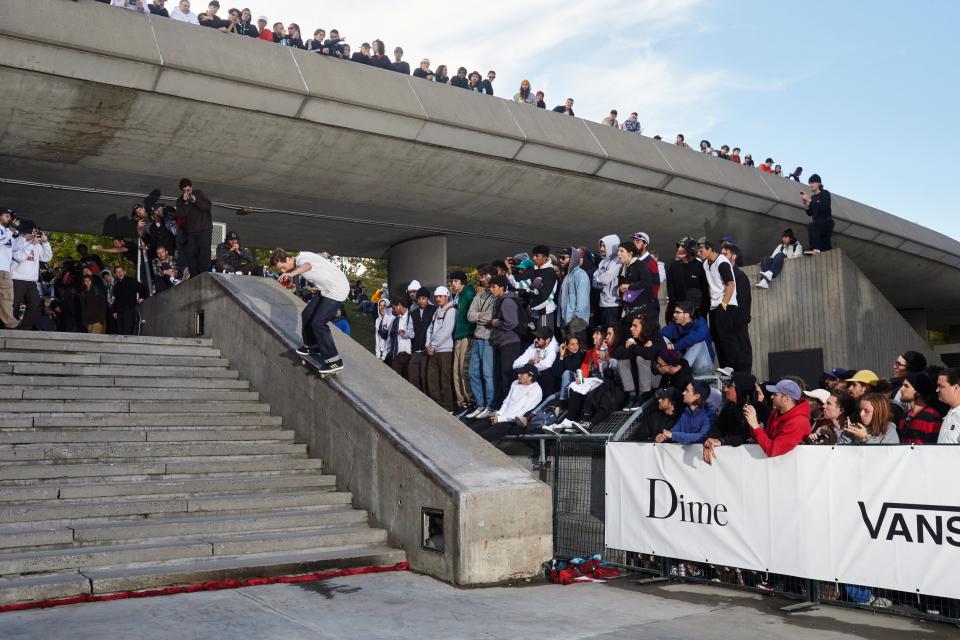
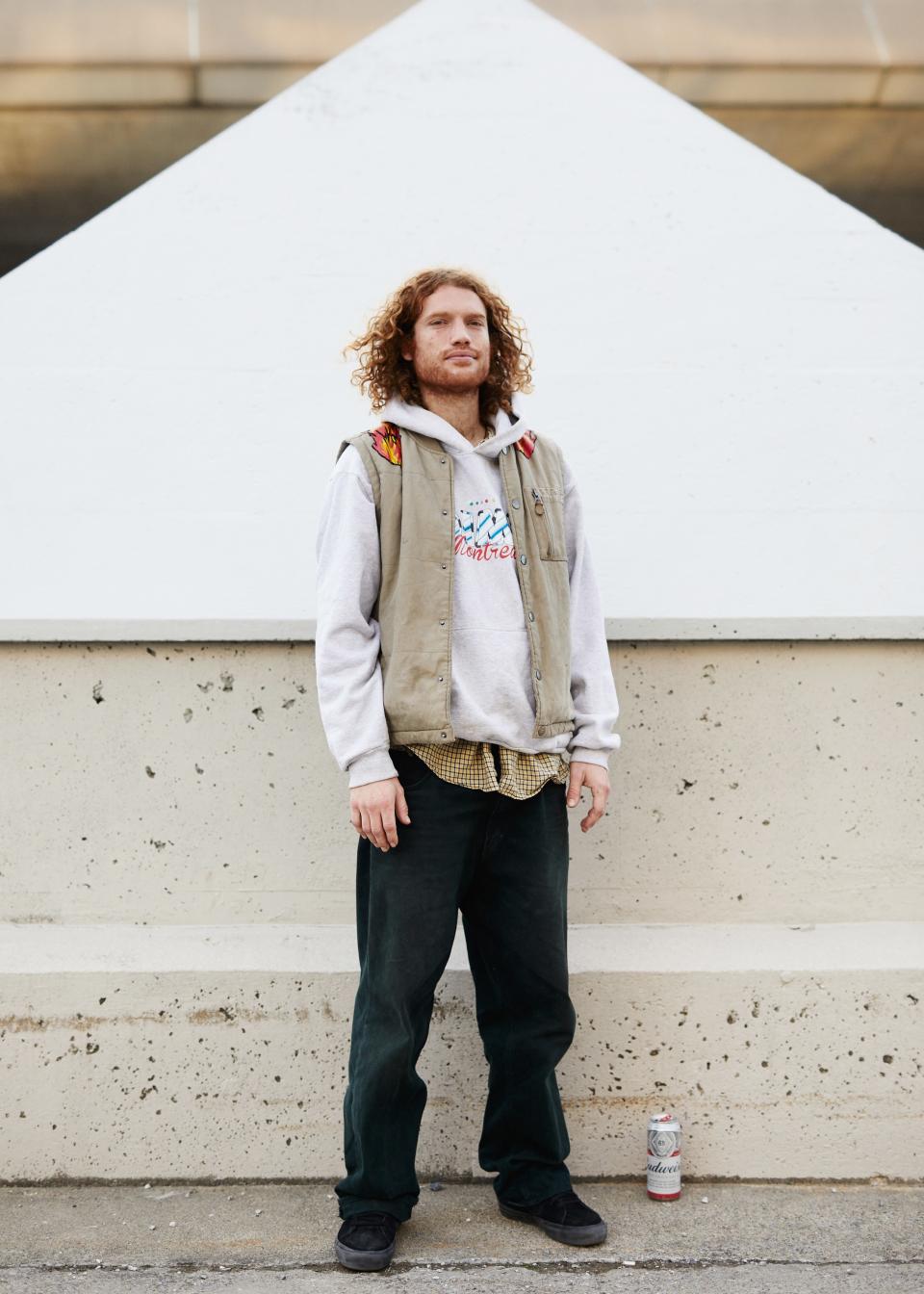
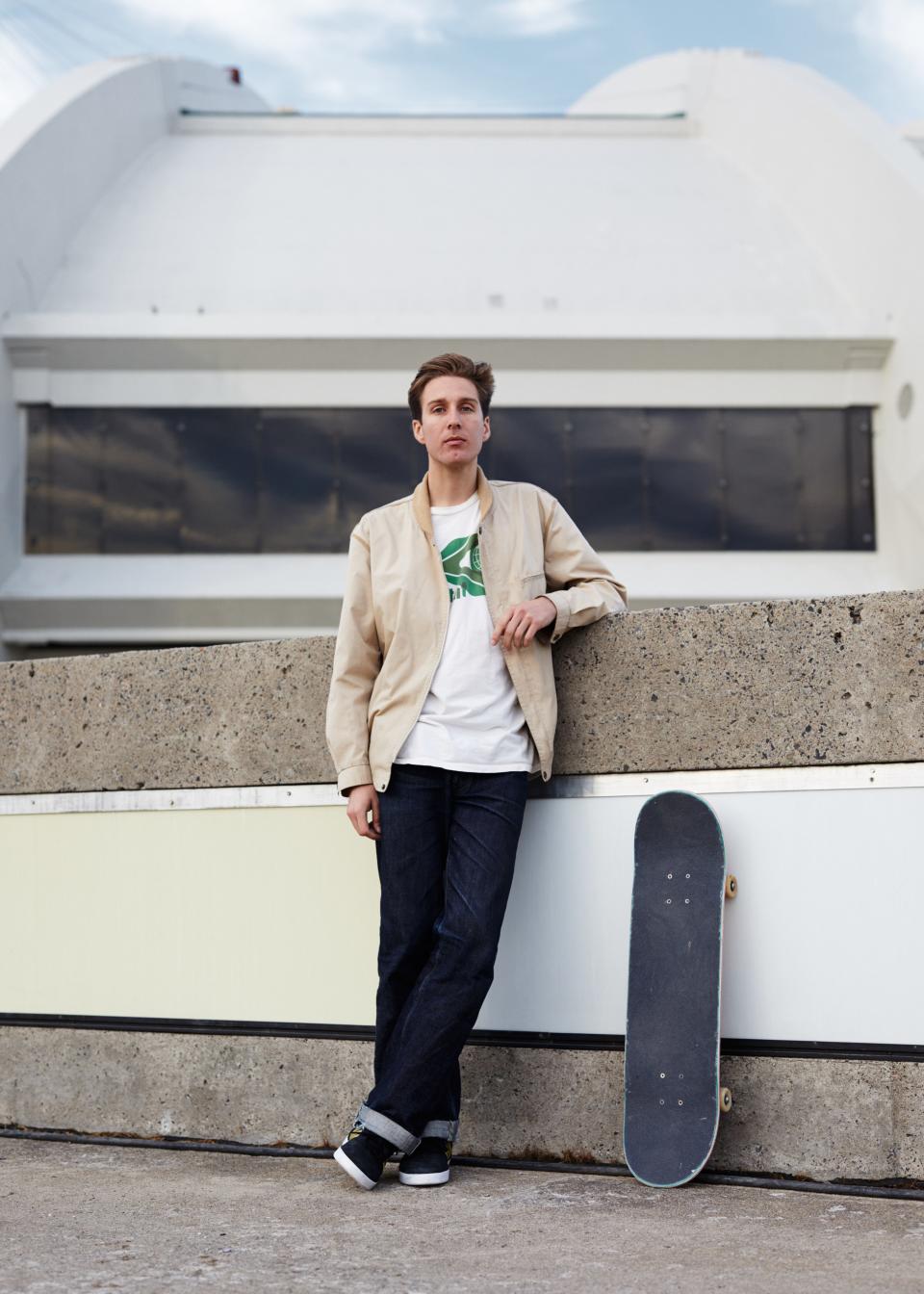
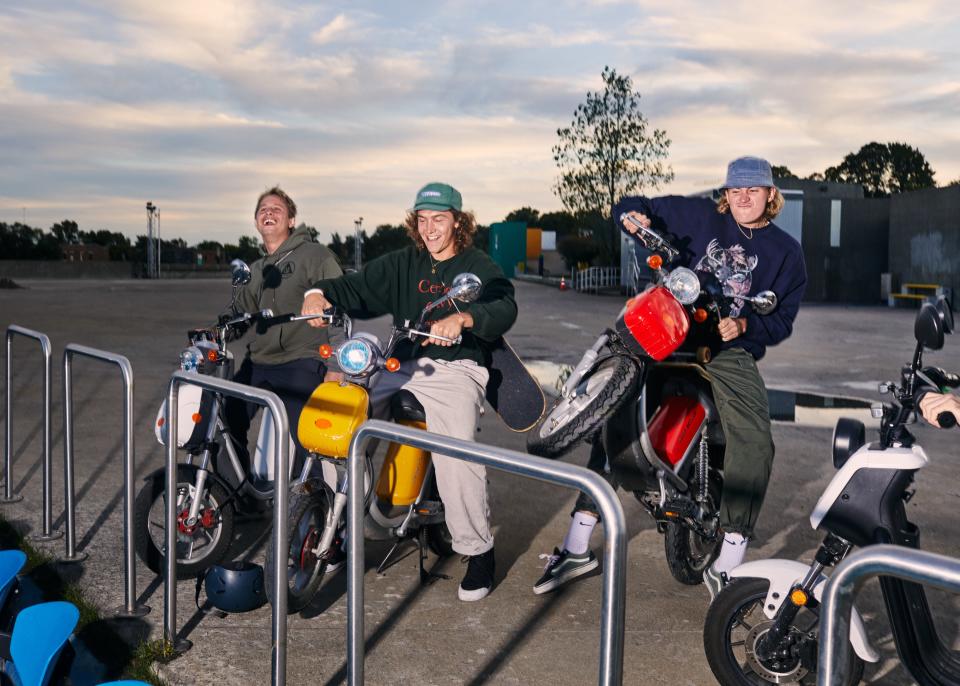
Originally Appeared on GQ

